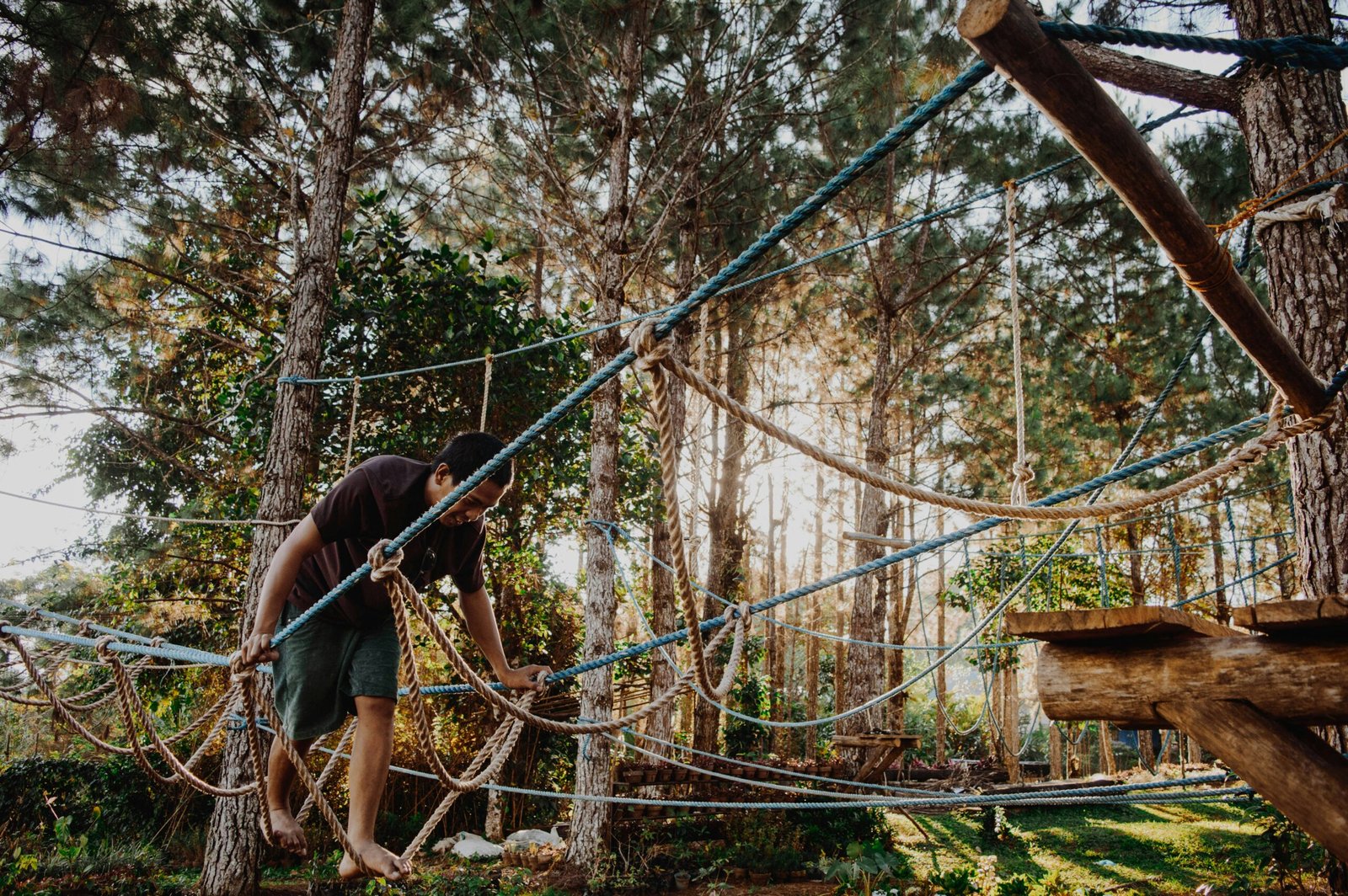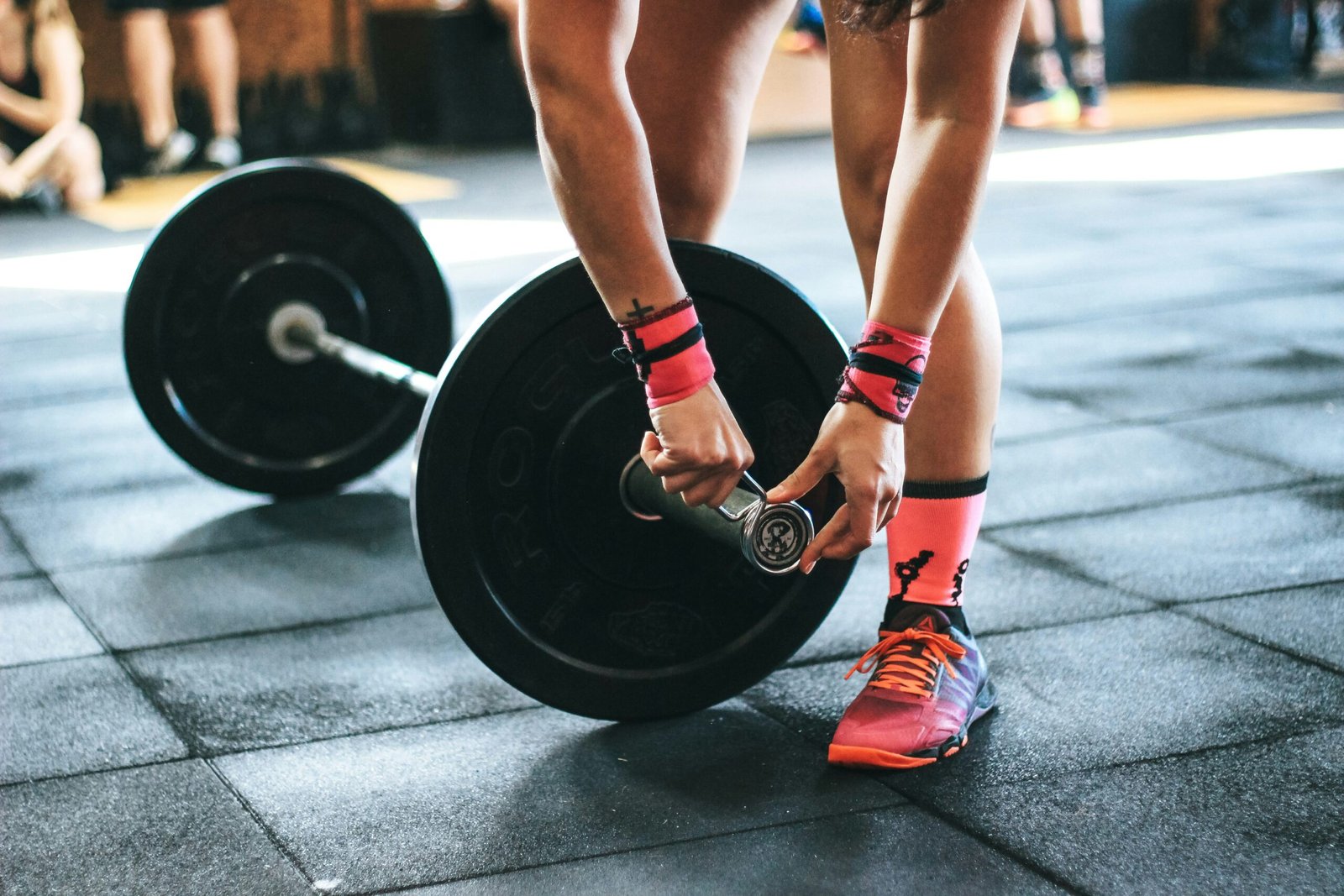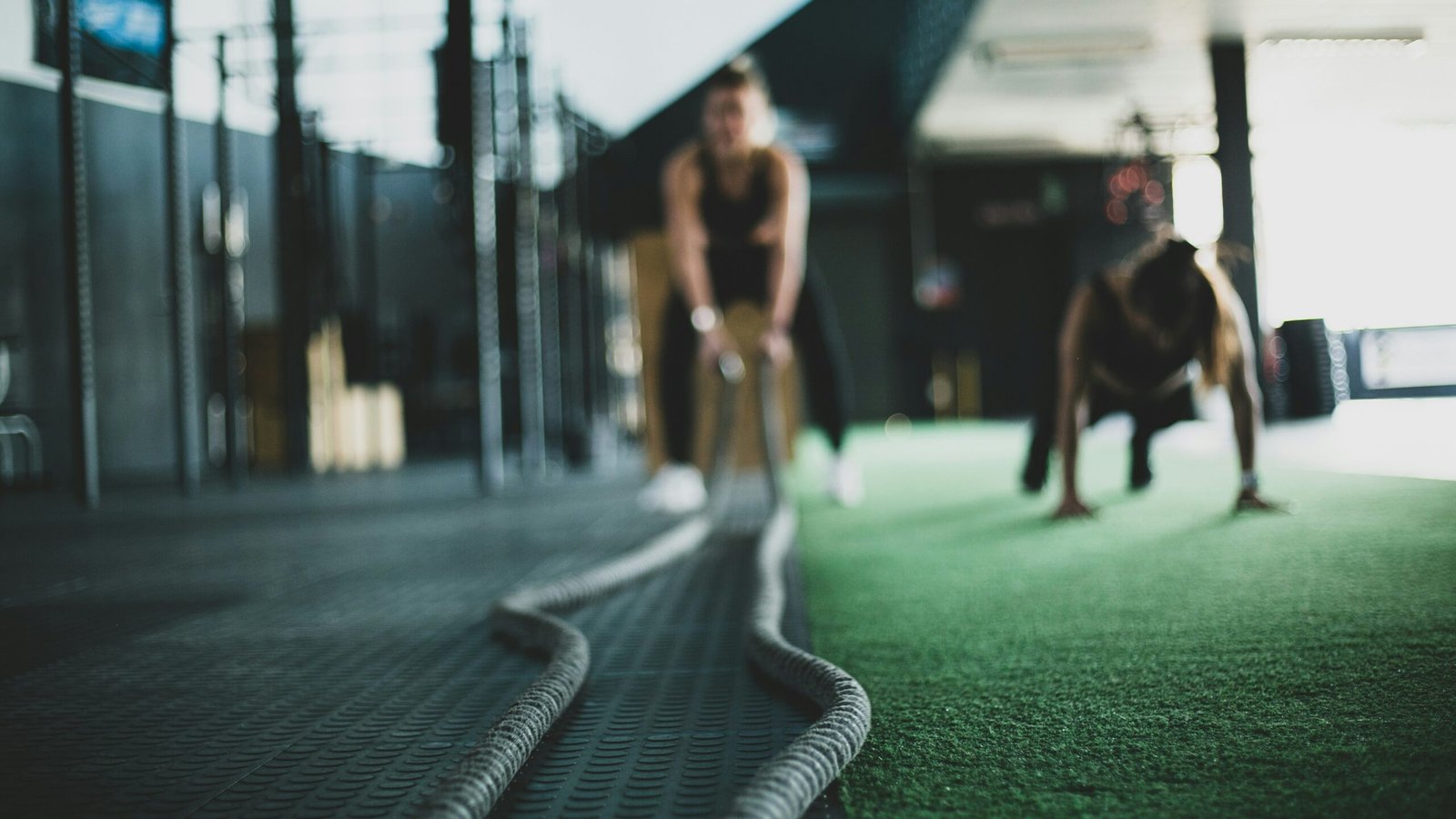Understanding Indoor Bouldering
Indoor bouldering is a popular variant of climbing that emphasizes strength, technique, and problem-solving skills, all within a controlled environment. This form of climbing occurs on shorter walls, typically ranging from 3 to 4.5 meters in height, and does not require the use of ropes or harnesses. Instead, climbers rely on padded mats or crash pads placed beneath the climbing surface to ensure safety in the event of a fall. The essence of indoor bouldering lies in tackling a series of challenges, known as “problems,” which vary in difficulty and require different strategies to complete.
One of the key characteristics of indoor bouldering is the diversity of climbing walls and holds available. Gyms feature various wall angles—vertical, overhung, and slab—each presenting unique challenges that demand different techniques. Problems are often color-coded, allowing climbers to easily identify routes of varying difficulties. This structure not only makes indoor bouldering accessible to climbers of all skill levels but also encourages a sense of community as climbers share tips and techniques to solve problems together.
The type of climbing shoes worn can significantly enhance performance in indoor bouldering. Specialized footwear designed for this activity features a snug fit, minimal padding, and a rubber sole that provides optimal grip on the climbing holds. These characteristics enable climbers to make precise foot placements and maximize their pull during ascents. In addition, climbing shoes are designed to support the foot’s natural shape while improving balance and power transfer. With the right climbing shoes, athletes can gain an advantage in tackling challenging bouldering routes while reducing the risk of injury. Understanding the nuances of indoor bouldering and the importance of proper footwear is crucial for both beginners and experienced climbers alike.
The Anatomy of Climbing Shoes
Understanding the anatomy of climbing shoes is essential for anyone engaging in indoor bouldering. Each component of a climbing shoe contributes significantly to its fit, performance, and overall durability. A solid grasp of these elements will help climbers choose the right pair based on their individual needs and preferences.
The upper part of the climbing shoe serves as the primary layer that encases the foot. Typically constructed from synthetic materials or leather, the upper determines the shoe’s flexibility and breathability. Synthetic options are often preferred for their ability to resist stretching, yielding a more consistent fit over time. On the other hand, leather offers a natural fit that can contour more closely to the foot shape but may stretch out more than synthetic materials, which can affect performance.
Next, the lining of the shoe plays a critical role in comfort and moisture management. A well-lined shoe can reduce friction, which is particularly important during long climbs. Some models feature moisture-wicking materials that help keep the foot dry, thereby minimizing discomfort and potential slippage caused by sweat.
The sole is arguably one of the most crucial components of climbing shoes. It is generally made from a rubber compound designed for superior grip and sensitivity. The thickness of the sole can influence performance on various types of holds; thinner soles offer greater sensitivity, while thicker soles provide more durability for gym climbing. Additionally, the sole’s design, whether it is patterned or flat, will affect how well the climber can engage with the climbing surface.
Finally, the rand is an elastic band that encircles the shoe, helping to maintain structure and support. It contributes to a snug fit, allowing climbers to feel secure during ascents. A well-constructed rand can enhance durability while providing additional control during challenging moves.
By understanding these essential components of climbing shoes, indoor bouldering enthusiasts can make informed choices that cater to their individual requirements. Each feature is integral to optimizing the climbing experience, ultimately leading to improved performance and comfort on the wall.
Types of Climbing Shoes for Bouldering
When it comes to indoor bouldering, choosing the appropriate climbing shoes can significantly impact performance and comfort. Climbing shoes come in three primary styles: neutral, moderate, and aggressive. Each type offers distinct advantages and disadvantages based on the climber’s experience level and climbing style.
Neutral climbing shoes are designed for comfort and are often recommended for beginners. These shoes have a relaxed fit, allowing for more extended wear and reduced foot fatigue. Additionally, their rounded toe box provides stability and ease of use, making them ideal for gym sessions or long climbs. However, while comfortable, neutral shoes may lack the sensitivity and precision desired for more challenging routes, potentially limiting performance.
Moderate climbing shoes strike a balance between comfort and performance. Featuring a slight downturn and a snug fit, these shoes offer enhanced sensitivity without sacrificing long-lasting comfort. This makes them suitable for climbers who are transitioning from beginner to intermediate levels. Moderate shoes excel at providing support on edging and can also be used for various climbing styles. However, some climbers may find them slightly less comfortable for extended wear compared to neutral options.
Aggressive climbing shoes, on the other hand, are designed for advanced climbers seeking maximum performance on steep or overhanging problems. These shoes possess a pointed toe that allows for exceptional precision and power during foot placements. Additionally, aggressive shoes typically feature a tight fit and a stiffer sole for better support on tiny footholds. Nonetheless, the trade-off is reduced comfort, making them less suitable for prolonged use or novice climbers who are still developing their footwork.
In conclusion, selecting the right climbing shoe for indoor bouldering largely depends on individual needs, climbing style, and experience level. By understanding the differences between neutral, moderate, and aggressive shoes, climbers can make an informed choice that enhances their performance on the wall.
Finding the Right Fit
Selecting the appropriate climbing shoes for indoor bouldering is paramount for optimizing both comfort and performance. A proper fit can significantly affect your climbing experience, improving your stability and confidence as you tackle challenging routes. When searching for climbing shoes, it is crucial to consider several fit characteristics to ensure that they meet your specific needs.
The ideal climbing shoe fit is generally snug without being painfully tight. As a rule of thumb, there should be no excess space at the toes; they should be fully extended and comfortably touching the front of the shoe. A shoe that fits well will create a secure lock on the foot, allowing for precise foot placements on holds. However, climbing shoes vary widely in shape and stiffness, so individual foot shape and personal preference play substantial roles in finding the right pair.
Foot shape is another crucial factor in determining the best fit for climbing shoes. Some climbers have wide feet, while others may have a narrower profile. Shoes are constructed with different lasts which cater to these varying shapes; therefore, identifying whether you require a shoe for a wider or narrower foot is essential before making a purchase. It is advisable to try on multiple styles and brands until you find a pair that feels right.
When trying on climbing shoes, it is best to do so in the late afternoon or evening when your feet are slightly swollen. This helps in achieving a fit that is representative of your foot’s natural size. Additionally, always engage in slight movements, such as squatting or standing on your toes, to test how the shoes feel during dynamic actions. This process ensures that you select a pair that not only fits snugly but offers the necessary support to maximize your bouldering performance.
Sole Materials and Their Impact
When it comes to selecting climbing shoes for indoor bouldering, the choice of sole materials plays a crucial role in determining performance. The primary purpose of the shoe sole is to provide grip on the climbing surface, and various types of rubber compounds are employed to achieve this. Climbing shoe soles can be broadly categorized into two types: softer and stiffer options, each with its own set of advantages and disadvantages.
Softer soles are favored for their exceptional grip and sensitivity. They allow climbers to feel the rock or artificial holds beneath their feet, promoting a better understanding of foot placement. This heightened sensitivity is particularly beneficial for indoor bouldering, where precise footwork is critical. However, the trade-off is that softer soles tend to wear down more quickly, impacting their durability over time. Therefore, climbers who prioritize sensitivity must be prepared for potentially more frequent shoe replacements.
On the other hand, stiffer soles offer enhanced support and durability. They are less prone to deformation under pressure, which can be a significant advantage when standing on small footholds or making dynamic movements. Climbers using stiffer-soled shoes often find that they can push harder against holds without sacrificing foot position or stability. The trade-off here is that stiffer soles may reduce overall sensitivity, making it more challenging to detect subtle changes in footholds.
The choice between soft and stiff sole materials largely depends on personal preference and climbing style. Many climbers converge on a balance, opting for shoes with mid-range stiffness that offer both sensitivity and support. As a result, understanding the impact of sole materials is essential in making an informed decision that aligns with one’s indoor bouldering needs. Evaluating what features matter most to you will enable a more rewarding climbing experience.
Closure Systems: Velcro vs. Laces
When selecting climbing shoes for indoor bouldering, one of the critical aspects to consider is the closure system. The two primary types of closures available are Velcro straps and traditional laces, each offering distinct advantages and disadvantages that cater to different climbing styles and preferences.
Velcro closure systems are particularly popular among climbers who value convenience and speed. They allow for quick on-and-off usage, making them ideal for bouldering sessions where reaching for a different pair of shoes between climbs can save precious time. Additionally, Velcro systems provide an adjustable fit, enabling wearers to fine-tune the tightness without having to deal with knots or excess laces. However, as the session progresses, dirt and minerals may accumulate on the Velcro, potentially compromising its efficacy over time.
On the other hand, laced climbing shoes offer a secure, customizable fit that can be adjusted precisely to the wearer’s foot shape. The lace-up system allows for varied tension across the shoe, providing optimal support and reducing the risk of foot slippage inside the shoe. This adjustability can enhance performance, particularly on challenging routes where precise foot placement is essential. However, the laced design can be less convenient, as it requires time to tighten or loosen the laces prior to climbs, which may be an inconvenience during bouldering sessions that demand quick transitions.
Ultimately, the choice between Velcro and lacing systems comes down to personal preference and climbing style. While Velcro may prioritize speed and ease, laced systems excel in offering a tailored fit and stability. Understanding the pros and cons of each closure type is crucial for climbers to make an informed decision tailored to their indoor bouldering needs.
Budget Considerations: Investing in Your Gear
When it comes to indoor bouldering, selecting the right climbing shoes is an essential aspect that plays a crucial role in your performance. However, budget considerations can often complicate the decision-making process. Climbing shoes vary widely in price, making it important to understand how to allocate your budget wisely. Generally, you can expect to pay anywhere from $70 to $200, depending on the brand, materials, and technology incorporated into the shoes.
It is essential to recognize that investing in quality climbing footwear can significantly enhance your bouldering experience. Higher-priced options typically offer advanced features such as specialized rubber compounds for enhanced grip, improved fit for better power transfer, and durable materials that withstand frequent use. While it may be tempting to opt for cheaper models, they often lack the necessary performance attributes that can affect your climbing success. Shoes that fit poorly or deliver inadequate support can lead to discomfort and even injury, ultimately costing you more in the long run.
Moreover, purchasing mid-range or premium climbing shoes can provide benefits that transcend their initial cost. Consider the long-term savings associated with durability and performance; a well-constructed pair of climbing shoes can last through numerous sessions, making them a worthwhile investment. Many climbers find that the improved performance of a high-quality shoe translates into faster skill development, allowing them to progress more quickly and enjoy bouldering on a deeper level.
Ultimately, when budgeting for climbing shoes, prioritize their fit, comfort, and performance features over simply opting for the lowest price. Taking the time to assess your needs and budget will ensure you make an informed decision that supports your climbing journey, striking a balance between cost and quality.
Breaking in Your Climbing Shoes
Breaking in climbing shoes is an essential process that impacts both comfort and performance during indoor bouldering sessions. Properly fitting shoes can significantly enhance your climbing experience, making it crucial to adopt effective techniques to break them in correctly. First and foremost, it is advisable to wear your new climbing shoes around the house or during warm-up exercises. This initial step allows your feet to acclimatize to the shoe’s material and structure without the stress of a climbing workout.
Stretching the shoes properly can also aid in the break-in process. Gently massaging the areas that feel most constricted may help the material conform to the unique shape of your foot. Additionally, wearing thick socks while performing these stretching exercises can accelerate the break-in period as the shoes adapt to a larger volume. However, it is crucial to avoid excessive force or extreme conditions, as this could damage the shoe or result in discomfort.
Vigilance during the break-in process is key. Signs that indicate effective conformation include feeling less pressure on sensitive areas of your foot and a more secure fit overall. If you begin to notice that hot spots are diminishing and your shoes feel snug without being overly tight, this is a good sign. Remember, a slightly snug fit is ideal for climbing shoes; however, they should never cause significant pain or numbness. After a few sessions of gradual usage, you should find a balance between performance and comfort for your indoor bouldering endeavors.
Maintenance and Care for Climbing Shoes
Proper maintenance and care of climbing shoes are essential for ensuring their longevity and performance. Climbing shoes endure significant wear and tear, particularly during indoor bouldering sessions, making it vital to implement best practices to keep them in optimal condition. One of the most important aspects of shoe care is cleaning them regularly. After each climbing session, it is advisable to wipe the outsoles with a damp cloth to remove any accumulated chalk, dirt, or grime. This simple step can help maintain the grip of the rubber sole, thus enhancing climbing performance.
Drying is another crucial element in shoe maintenance. Climbers should avoid exposing their shoes to direct sunlight or placing them near heaters, as excessive heat can warp the materials and compromise the structural integrity of the shoe. Instead, it is recommended to allow them to air dry at room temperature, ideally in a well-ventilated area. This will ensure that moisture is dissipated without causing damage to the shoe’s fabric or rubber components.
Storage is equally important; climbing shoes should be stored in a cool, dry place away from direct sunlight. Utilizing a shoe bag can prevent physical damage and keep dust from accumulating on the shoes. Regularly inspecting the shoes for signs of wear is also recommended. Key indicators that it may be time to replace climbing shoes include noticeable loss of rubber on the outsole, significant stretching of the shoe fabric, or discomfort during wear.
By adhering to these maintenance and care practices, climbers can significantly extend the lifespan of their climbing shoes. This ensures that they maintain the necessary performance attributes needed for indoor bouldering, ultimately helping climbers get the most out of their investment.








